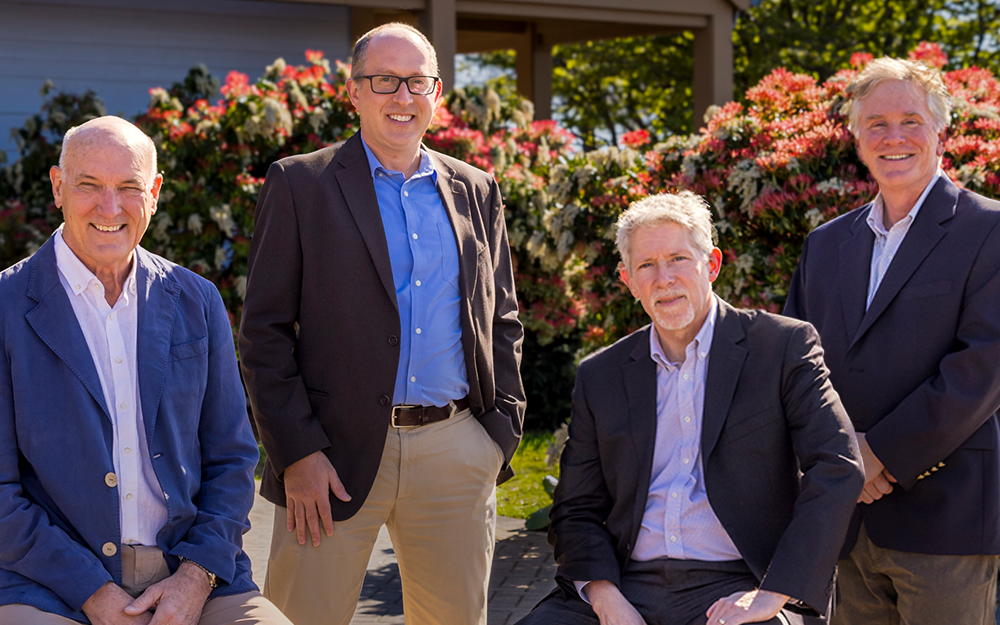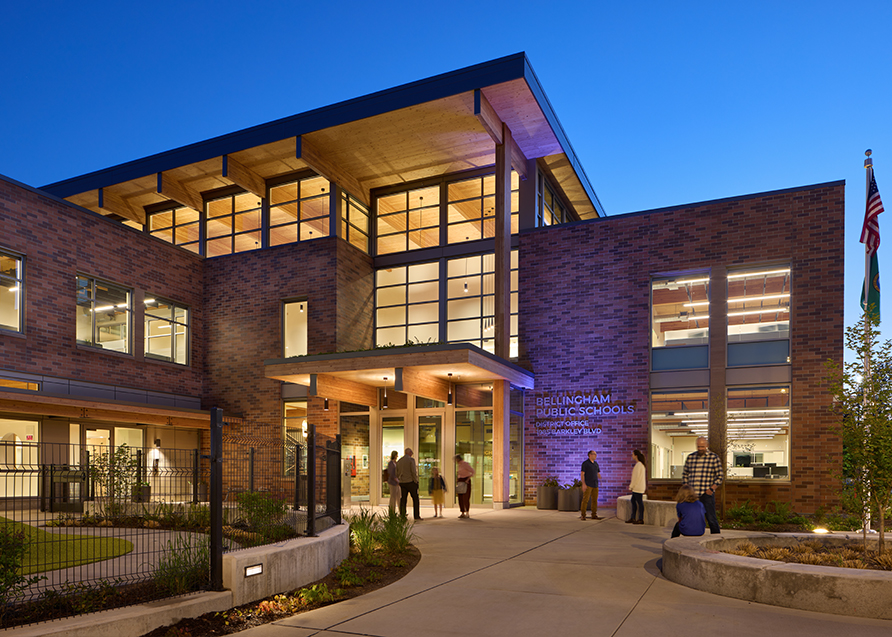“What are you, nuts?” might be the first reaction to the idea of ending single-family zoning, but it shouldn’t be the last. Density, when it’s done well, can create popular, stable neighborhoods characterized by an array of mixed-income housing options, along with inviting pedestrian-oriented living, an enhanced sense of identity and belonging, and strong social connections.
Housing affordability is a complicated issue that demands a multifaceted approach, ideally involving a range of experts coming together across public, private and non-profit sectors to shape a coherent set of solutions. That’s the purpose of the Whatcom Housing Alliance, a broad association of organizations including public health proponents, economic development agencies, housing developers, smart growth enthusiasts, investors and others “united to build an affordable, healthy, equitable, thriving, and inclusive community.”
Don’t fear density, demand good density
I serve on the programming committee for the Alliance, which, like most experts, sees more density as an essential strategy to achieving this goal. More concentrated development should increase the range of housing types and prices, while improving walkability and vibrancy, along with community and environmental health. Problems can arise however; concerns about changing neighborhood character, crowding, lower-income household displacement and gentrification deserve careful attention.
Which is a big reason why zoning policy has gone from perhaps one of the most snore-inducing phrases in the English language to a hot topic. At the national AIA conference in June, I attended a presentation by Richard Mohler, an architecture professor at University of Washington’s College of Built Environments. In a presentation called “Right to the City,” Mohler highlighted ways that housing advocates and planning officials in Seattle, Portland and Minneapolis are challenging the very notion of single-family zoning on equity and sustainability grounds.
Past practices like red-lining and racially restrictive covenants essentially prevented racial minorities from participating equally in cities (e.g. through home ownership). Related to this, today’s single-family neighborhoods are becoming more expensive and exclusive. The trend for single-family houses to get bigger while families get smaller results in decreasing population density in single-family neighborhoods.
Meanwhile, Seattle housing advocates have noted that pushing most of the multi-family development into urban centers and designated urban villages has resulted in a dearth of the duplexes, townhouses or other smaller, modest homes that are affordable to working people of moderate means—homes often called the “missing middle.”
Challenging the single-family-housing zone
Hence the discussion about how zoning changes to single-family neighborhoods can increase density and opportunities for home ownership without displacing people or disrupting their lives. It’s even become a talking point for some Democratic presidential candidates, while the President has created a commission to study the issue.
Closer to home, new laws passed this summer in Seattle —some say the nation’s most progressive — make it easier to build accessory dwelling units (ADUs) in single-family zones and harder to build super-sized houses.
With zoning changes come the possibility not just for ADUs, but for more of the townhouses, duplexes and triplexes that tend to be more affordable and easily integrated. Minneapolis made history when it ended single-family zoning last year in an effort to dismantle racial housing barriers; Portland is experimenting with two approaches to promote housing that nurses, teachers, city workers and other middle-income people can afford, in part by legalizing duplexes and rowhouses while limiting the size of new homes in single-family neighborhoods. The city has also revised development and design standards in multifamily zones.
Great design is key, because nothing kills efforts to increase density faster than poor design: banal, cookie cutter boxes with little regard to neighbors or the neighborhood. When it’s done well, density puts people at the center, emphasizing livable, inclusive, sustainable development that reinforces rather than tears the neighborhood fabric.
This means, for example, siting and designing buildings to contribute to the street edge, making it pleasant for passersby; it means minimizing the impacts of parking and maximizing access to sunlight, paying attention to privacy and leaving room for green space. It also means involving neighbors in ways that are not just informative but take into account what people envision for their neighborhood.
Our neighbors to the north have embraced density, and not just through high-density residential towers. Like Seattle, Portland and Minneapolis, Vancouver is looking at strategies to promote “gentle densification” in neighborhoods long characterized by single-family homes.
Housing Week explores innovative housing solutions
October 21 through 26 is Housing Week in Bellingham. It kicks off Monday with an innovative housing tour in Vancouver, in which I hope to get a first-hand look at some of these strategies. Tuesday morning, it’s “Density Done Right,” led by speaker Michael Mortensen, founder and director of Livable Cities Planning in Vancouver and a former planner for the city who has been involved in a variety of large-scale urban planning efforts focused on housing.
The event is open to all – please join the conversation about good density, and the idea that rethinking the single-family residential zone to allow more ‘missing middle’ homes may be an idea whose time has come — even to Whatcom County.
Neil McCarthy, Architect AIBC, AIA


